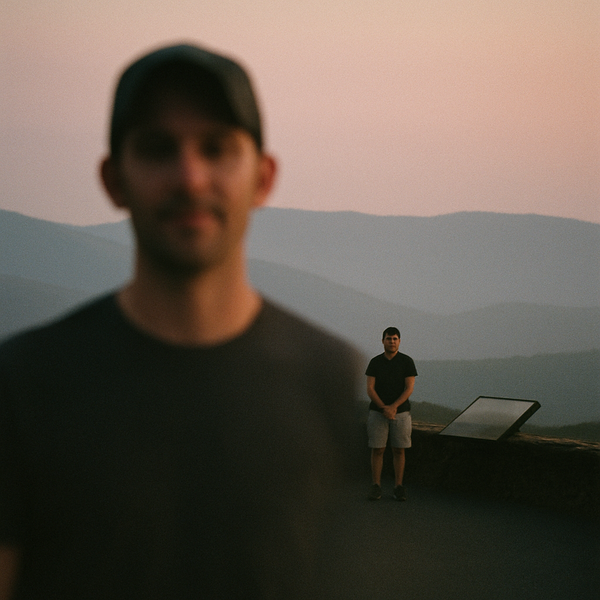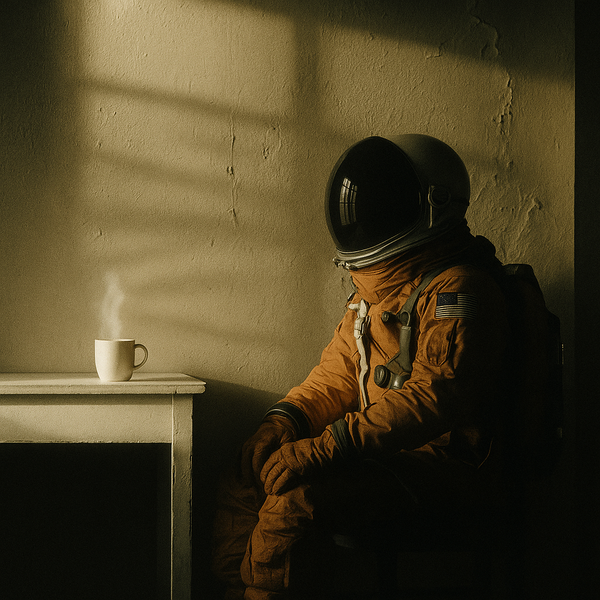The Unseen Challenges of Touring: Courtney Cox's Resilient Journey

Under the glare of stage lights at a packed venue in Europe, Courtney Cox's fingers dance across her guitar fretboard with practiced precision. The crowd roars as the Burning Witches guitarist launches into another blistering solo. What the audience doesn't see is the physical toll hidden behind each note—the torn rotator cuff, the damaged labrum, the chronic pain that has become Cox's unwelcome touring companion.
"I've been touring with a torn rotator cuff and a torn labrum for years," Cox revealed in a recent interview with Blabbermouth. "I don't know how I'm able to play guitar, to be honest. It's just a lot of mind over matter."
This isn't just a story about one guitarist's injury. It's a window into the rarely discussed physical demands of life on the road, where musicians push their bodies to extremes night after night, often with little recovery time and inadequate healthcare resources.
The Physical Toll of the Touring Life
For Cox and countless other musicians, touring represents a paradoxical reality: the exhilarating fulfillment of performing for fans while simultaneously navigating a gauntlet of physical challenges. The repetitive motions required to play instruments at a professional level for hours each night can lead to injuries that would sideline athletes in other fields.
Musicians commonly develop conditions like tendonitis, carpal tunnel syndrome, and focal dystonia. For guitarists like Cox, shoulder injuries are particularly debilitating, as they directly impact the ability to hold and play the instrument. Yet unlike professional athletes, touring musicians rarely have access to team physicians, physical therapists, or adequate recovery protocols.
A 2022 study published in the BMJ noted that musicians face occupational health risks comparable to professional athletes but receive far less medical support. The physical demands are compounded by grueling travel schedules, poor sleep quality in moving vehicles, and nutritional challenges on the road.
"You're basically an athlete," Cox explains. "You're using your body in ways that it's not meant to be used for hours at a time. And then you're expected to do it again the next day, and the next, often without proper rest or care."
Strategies for Survival
Cox's approach to managing her injuries while maintaining her performance schedule reveals both ingenuity and determination. Before shows, she undergoes an extensive warm-up routine that includes targeted stretches and strengthening exercises. During performances, she's made subtle adaptations to her playing technique to minimize strain on her injured shoulder.
"I've had to change the way I hold my guitar slightly," she says. "And I've developed a pre-show routine that helps prepare my body for what I'm about to put it through."
Between shows, Cox relies on a combination of ice, anti-inflammatory medications, and carefully chosen exercises to manage pain and maintain mobility. She's also become meticulous about her sleep habits and nutrition on the road, recognizing that general health directly impacts her ability to perform through injury.
Perhaps most importantly, Cox has learned to advocate for herself and her needs within the touring ecosystem. This includes requesting schedule adjustments when possible and being transparent with bandmates about her physical limitations.
"I've learned that asking for help isn't weakness," Cox notes. "It's actually necessary for sustainability in this career."
The Industry's Blind Spot
Cox's situation highlights a broader issue within the music industry: the lack of structural support for artists' physical health. While mental health in music has received increasing attention in recent years—particularly following high-profile cancelations from artists like Justin Bieber and Shawn Mendes—physical health remains somewhat of a blind spot.
The problem is systemic. Traditional touring models weren't designed with musician health in mind. Consecutive show dates often require long overnight travel, leaving little time for recovery. Economic pressures push artists to maximize dates while they have momentum. And unlike sports, where teams have vested interests in athletes' long-term health, the music industry's structure often treats performers as replaceable.
"The industry is built on the myth of the tireless performer," says Dr. Alyssa Janney, a specialist in performing arts medicine quoted in a recent Rolling Stone feature. "There's this expectation that musicians should be able to push through anything, which ignores the very real physical demands of their profession."
Some artists with more leverage have begun restructuring their touring approaches. Coldplay, for instance, has implemented more sustainable touring practices, including building rest days into their schedules. But for mid-level artists like Cox and Burning Witches, such luxuries remain largely out of reach.
A Culture of Resilience
What emerges from Cox's story isn't just a tale of physical hardship but one of extraordinary resilience. Despite her injuries, she continues to deliver high-energy performances night after night, driven by a combination of professional commitment and genuine passion for her craft.
"When I'm on stage, something else takes over," Cox says. "The adrenaline, the energy from the crowd—it creates this state where I can push past the pain. It's not that it disappears, but it becomes secondary to the experience of performing."
This resilience is common among touring musicians, who often develop a complex relationship with physical pain—acknowledging it while simultaneously transcending it for the sake of their art and their audiences.
As the music industry continues to evolve post-pandemic, there's an opportunity to reimagine touring models with artist health at the center. This might include more reasonable scheduling, better access to healthcare resources on the road, and education about injury prevention and management.
For now, artists like Courtney Cox continue to navigate these challenges largely on their own, finding ways to preserve both their bodies and their art through a combination of adaptation, determination, and love for what they do. Her story reminds us that behind every electrifying performance lies an unseen battle—one fought not just on stage, but within the physical limits of the human body itself.
References
Models used: GPT-4o, gpt-image-1



